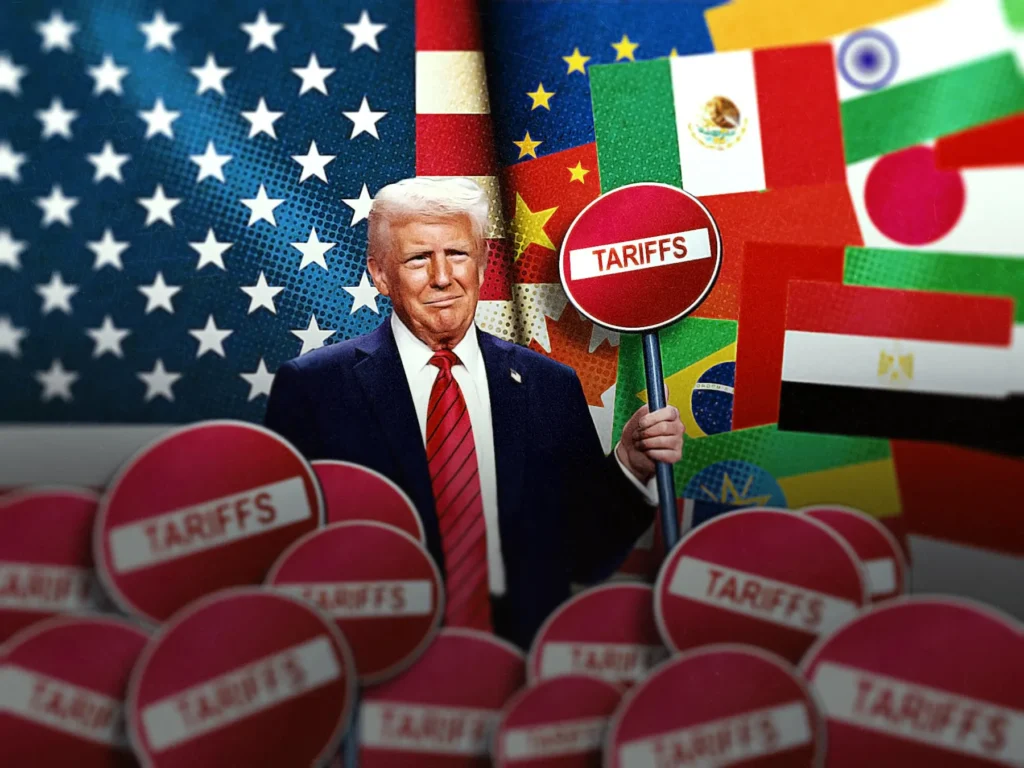Trump Announces Sweeping Tariffs, Sparking Global Trade Concerns
President Donald Trump has unveiled sweeping tariffs on imports, marking what he calls “Liberation Day” for American trade. The new policy introduces a universal 10% tariff on all imports, with additional “reciprocal tariffs” targeting specific nations. These reciprocal tariffs aim to match the rates other countries impose on U.S. exports, with rates as high as 34% for China and 29% for Pakistan.
Who Bears the Brunt? Nations or US Consumers?
While the tariffs are designed to protect American industries, experts warn that U.S. consumers may feel the immediate impact. Tariffs act as a tax on imports, and businesses often pass these costs onto consumers through higher prices. Economists predict that low- and middle-income households will bear the brunt, spending a larger share of their income on goods likely to be affected.
Understanding Reciprocal Tariffs
Reciprocal tariffs are a tit-for-tat trade policy where a country imposes tariffs equivalent to those it faces in foreign markets. Trump has framed this as a fairness measure, aiming to level the playing field for U.S. businesses. For instance, if a country imposes a 25% tariff on U.S. goods, the U.S. will respond with a similar rate.
READ MORE: Trump announces 25% Auto Tariffs – What it means for the industry and consumers
Will Prices of Products Go Higher in the U.S.?
Yes, imposing tariffs generally leads to price increases in the domestic market. With higher import costs, companies are forced to either absorb the financial impact or pass it on to consumers. Economic analysts predict that essential goods, especially those heavily imported, could see noticeable price hikes.
Which Product Prices Will Rise?
Several categories of goods could see a surge in prices, including:
Electronics: Laptops, smartphones, and televisions, many of which are imported from China and other Asian nations.
Automobiles & Auto Parts: Tariffs on vehicles and components could lead to higher prices for cars and maintenance services.
Household Goods & Appliances: Items like washing machines, refrigerators, and furniture may become more expensive.
Textiles & Apparel: Clothing and footwear, a large portion of which is sourced from countries like China, India, and Vietnam, could see price increases.
Food Products: Imported food, including seafood, fruits, and specialty items, could become pricier due to tariffs on agricultural goods.
Impact on Pakistan
Pakistan, which previously enjoyed lower tariff rates under the Generalized System of Preferences, now faces a steep 29% tariff on its exports to the U.S. This increase is likely to affect key sectors like textiles, making Pakistani goods less competitive in the American market.
The global response to these tariffs remains to be seen, but the move has already sparked concerns about escalating trade tensions and their potential impact on the global economy.


